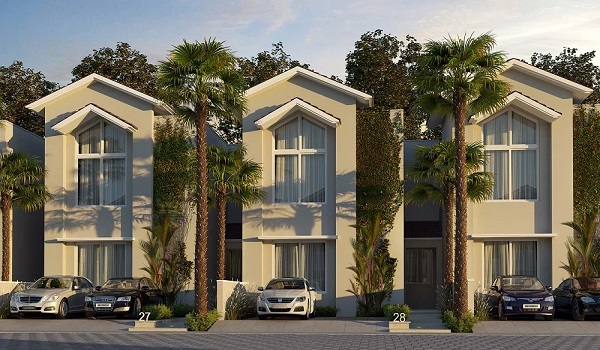What is FSI / FAR?

Although they use distinct symbols, FSI and FAR have the same meaning. A FAR, for instance, uses decimals to describe itself, while an FSI uses percentages. The FSI can differ from city to city and even from locality to locality within a single metropolis. FSI can change even within the same area, depending on how many floors a building has. The regulation of FSI is dependent on the city zone, building type, and other amenities.
Before starting any project, contractors must submit the planned building's details for zone approval. These specifics include whether the building will be used for domestic or business purposes, its height and structure, the size of the plot of land on which it will be constructed, etc.
The primary factor that immediately affects the FSI is location. Due to the limited space in areas with metros, the FSI is typically greater. The sheer amount of land accessible for construction in rural areas results in low FSI.
Some municipal authorities use greater FSI calculations as larger as the plot. The width of the road means that any plot close to it will have a greater FSI. Given the overall built-up area and plot area, a formula can be used to calculate the FSI.
Formula of FSI
To compute the Floor Area Ratio (FAR) or Floor Space Index (FSI), you need to know the total floor area of each floor as well as the total area of the land plot. Then, it can be determined by using the following:
FAR = Floor Area of all floors of the Building/ Area of the plot
FSI = Total floor area of the building's floors by/area of the plot * 100.
If the FAR is less than 1, the entire plot is useful. If the value is less than 1, some property is vacant without construction. The same plot, however, will have more than one story if the FAR number is greater than 1.
Calculating FSI
Assume you want to construct a 2000 sq ft building on a 1000 sq ft piece of land. Then, using the formula:
FAR= 2000 / 1000
FAR = 2
In FSI, if the FAR number is 2, it is 200%. In an area of 1000 square feet, they can build a 2000 square foot structure.
In addition, road width is one of several factors considered by the municipal government when determining the FSI of a specific locality.
FSI's significance
The FSI value influences land worth in a specific area. The amount of land area that can be used and whether or not the structure can have multiple stories are both influenced by this number. The FSI value varies by region and building type based on the number of floors rather than remaining constant across all locations.
When the FSI is in place, city planning and development become uniform because it can guarantee organized construction across all sectors, including train stations, offices, residential buildings, etc., to adhere to deadlines. It can provide a marked distinction between open spaces and construction spaces. Furthermore, no unauthorized building is permitted.
Higher FSI for builders enables them to develop more and sell more, affecting affordability. It will be useful in areas where it is urgent to provide shelter for everyone. Less space will be used for construction on that plot of land if the FSI is reduced. If the structure is built following the FSI, the builder is not concerned about NOCs.
Premium FSI: What is it?
When the FSI is minimal where you are but want to raise the limit, premium FSI comes here. You must pay the local authority additional fees to raise the limit from the permitted FSI.
This fee is referred to as the Premium FSI Fund. Only properties with an adjacent road at least 30 feet broad are eligible for the premium FSI.
If the plot is close to a 30 to 40 feet wide road, you are eligible for a 20% premium FSI. You can erect 20% more structures than the FSI allows. Additionally, if the plot is adjacent to a 40–60 feet broad road, you are eligible for a 30% premium FSI. The Premium FSI is 40% for areas next to roads closer to 60 feet in length.
Road's width next to the plot's location
FSI premium
30-40 ft., 20%
40-60 ft., 30%
over 60 feet 60%
How is Premium FSI Calculated?
The maximum building size on a plot of ground with an FSI/FAR of 2 is 4000 square feet. You are qualified to receive 30% Premium FSI if this plot is close to a road that is 50 feet broad. In other words, you can construct 1200 square feet more than the 4000 already allowed. It allows you to expand your building options on the property to 5200 square feet.
Assume you have 1000 square feet of property with a 70-foot road, and the FSI/FAR is 1.5. You could have constructed 1500 square feet on the 1000 square foot site with the FSI/FAR of 1.5. You can now take advantage of a 40% premium FSI because the area is near a road that is 70 feet wide. It shows that you can enlarge your building by 600 square feet. Therefore, in this case, you can construct up to 2100 square feet on 1000 square feet. FSI/FAR for Various Indian Cities
Bangalore
The 3 categories of localities in Bangalore are - Intensely developed, moderately developed, and Sparsely developed areas. The FSI/FAR can range from 1.75 to 3.35 depending on this category, plot area, and road width.
Sobha Limited prelaunch apartment is Sobha Neopolis.
| Call | Enquiry |


